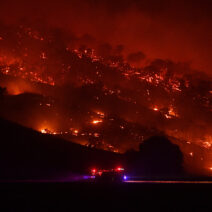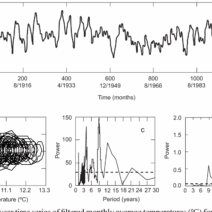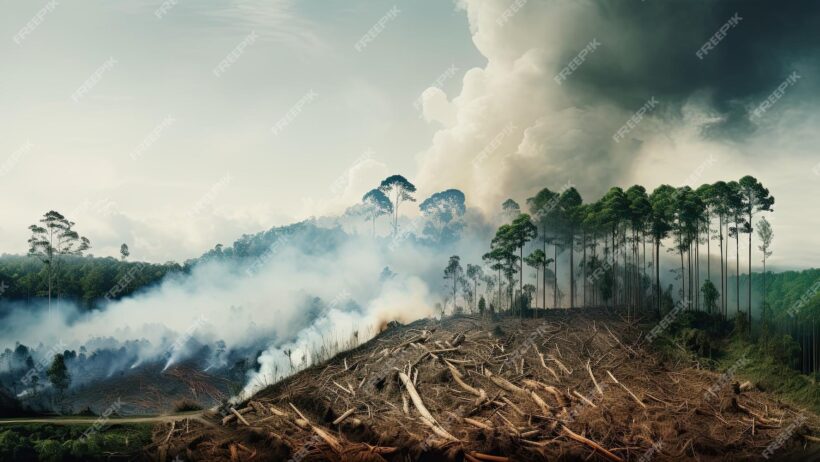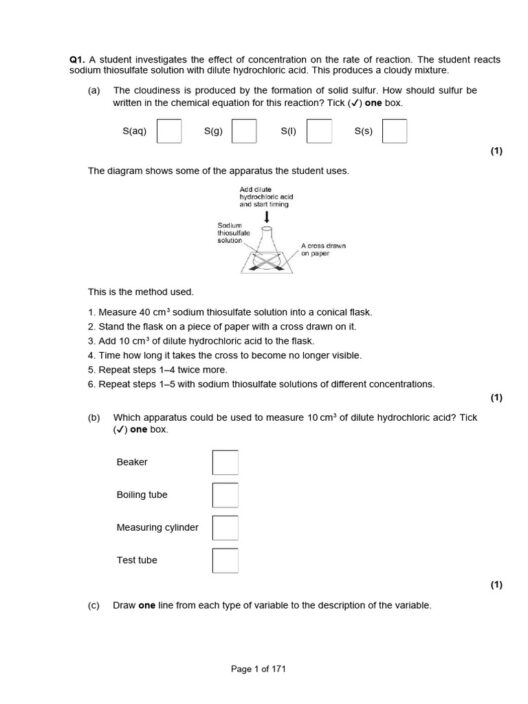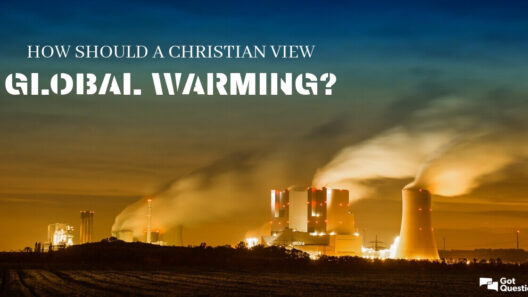Deforestation represents one of the most pressing environmental issues of our time, with far-reaching implications for climate change. The intricate relationship between trees and climate stability is often overlooked, despite being pivotal. Trees act as carbon sinks, absorbing carbon dioxide from the atmosphere and storing it in their biomass. Consequently, the act of cutting down trees does not merely result in a loss of flora; it triggers a cascade of ecological disturbances that significantly contribute to global warming.
To truly grasp the full scope of the problem, it is essential to examine the mechanisms through which deforestation exacerbates climate change. As trees are felled, the immediate consequence is the release of the carbon sequestered within their trunks, branches, and roots. This release occurs when wood is burned or left to decay, both of which are common outcomes following deforestation. The alarmingly high levels of carbon dioxide in the atmosphere contribute to the greenhouse effect, where heat is trapped, leading to a rise in global temperatures.
Moreover, urbanization and agricultural expansion are some of the primary drivers of deforestation. The incessant growth of cities leads to a continuous need for land, often resulting in the systematic eradication of forests. Similarly, the demand for agricultural land drives farmers to clear vast areas of forest. The irony lies in the fact that while agriculture is essential for food production, excessive deforestation poses a direct threat to the very ecosystem that sustains us. The loss of trees diminishes biodiversity and disrupts the delicate balance of various habitats, ultimately leading to soil degradation.
But the repercussions of deforestation extend well beyond the immediate atmospheric effects. Forests play a crucial role in maintaining the water cycle. Trees absorb rainfall and transpire moisture back into the atmosphere. When large expanses of forest are removed, the hydrological cycle becomes destabilized, leading to altered precipitation patterns. This imbalance can manifest as either drought in some regions or increased flooding in others, causing further ecological and humanitarian crises.
It is also important to consider the socio-economic dimensions of deforestation. Many indigenous communities rely on forests for their livelihoods, cultural identity, and sustenance. As their lands are encroached upon, these communities face displacement, loss of biodiversity, and a diminishment of their traditional knowledge regarding sustainable land stewardship. The deforestation paradox lies in the fact that while some may benefit economically from logging and land development in the short term, the long-term costs—both environmental and social—are often dire and irreversible.
The fascination with forests stems from their multifaceted role in our planet’s health. They provide oxygen, purify the air, and serve as habitats for countless species. Yet, this profound connection is rarely recognized at a broader societal level. The loss of forests is often viewed through the lens of economic progress, where short-term gains overshadow the irreplaceable value of maintaining these ecosystems. The genuine contemplation of these losses may lead to a societal awakening regarding the need for sustainable practices.
Mitigation strategies are critical in addressing the challenge of deforestation. Reforestation and afforestation are pivotal processes that can replenish our forests. When undertaken responsibly, these initiatives not only restore lost biomass but also enhance biodiversity and stabilize the carbon footprint. Moreover, sustainable forestry practices, which prioritize selective logging and forest management, can ensure that economic needs are met without compromising ecological integrity.
International frameworks, such as the Paris Agreement, emphasize the importance of reducing greenhouse gas emissions, of which deforestation is a significant contributor. By engaging in global partnerships aimed at conserving forests, countries can take collective action against climate change. These efforts should include incentivizing green practices among businesses and industries, highlighting that sustainable development can lead to long-term economic stability.
Education plays a transformative role in fostering an understanding of the impact of deforestation. As awareness grows, so too does the potential for grassroots movements focused on conservation. Engaging communities in discussions about the importance of trees can inspire a culture of stewardship, where individuals feel empowered to take action in their local environments. From participating in tree planting events to advocating for policy changes, every small effort contributes to a larger movement against deforestation.
As the world grapples with the ramifications of climate change, it is becoming increasingly clear that the cost of losing our trees is far too great to ignore. The relationship between deforestation and global warming is symbiotic; each exacerbates the other, threatening the intricate web of life on Earth. The urgent call to action requires innovative solutions, relentless advocacy, and a deep-seated respect for our natural environment. To protect our planet, we must recognize that every tree lost is a step further down a road from which there may be no return. It is imperative that we act decisively to preserve our forests—not only for their own sake but for the future of humanity.
